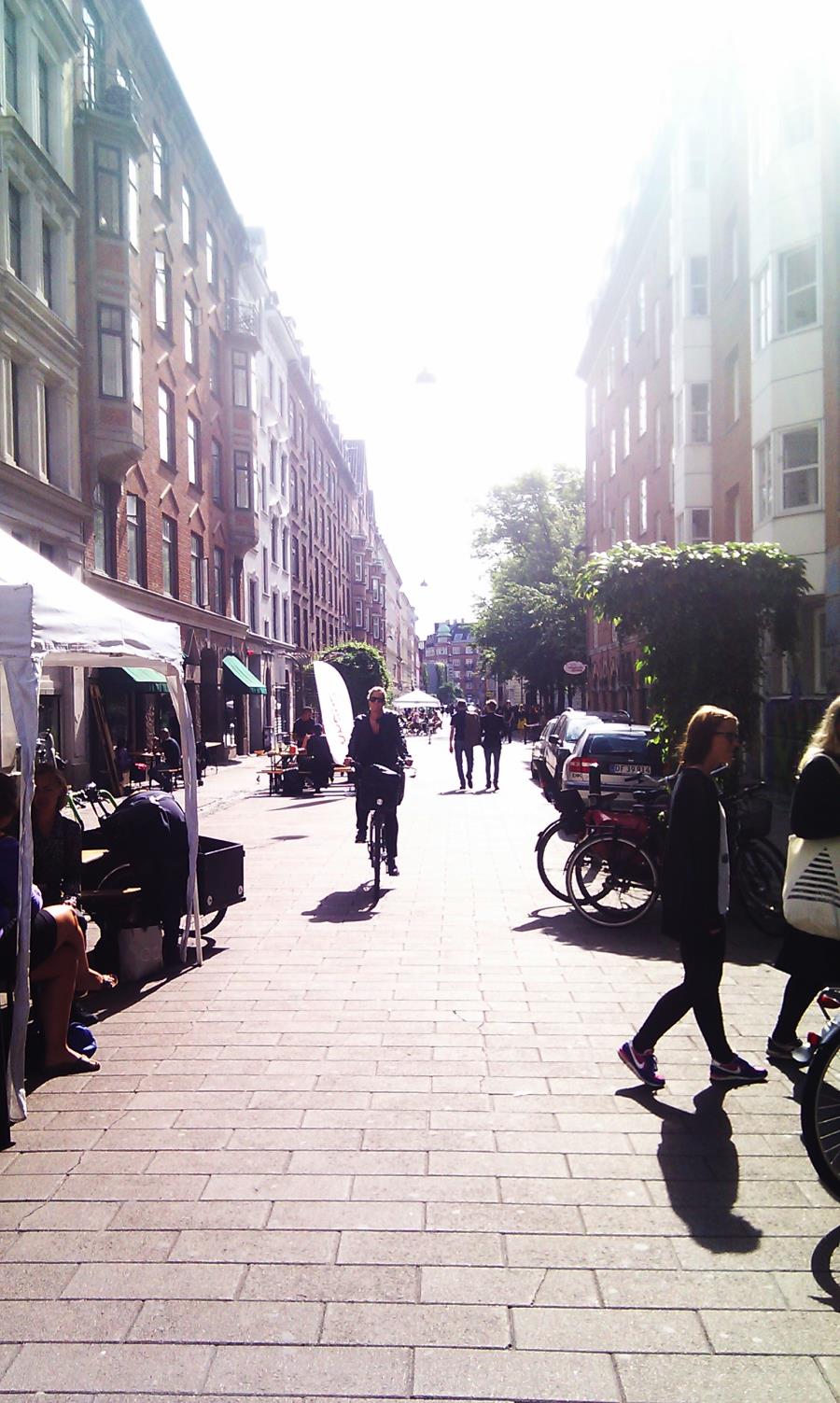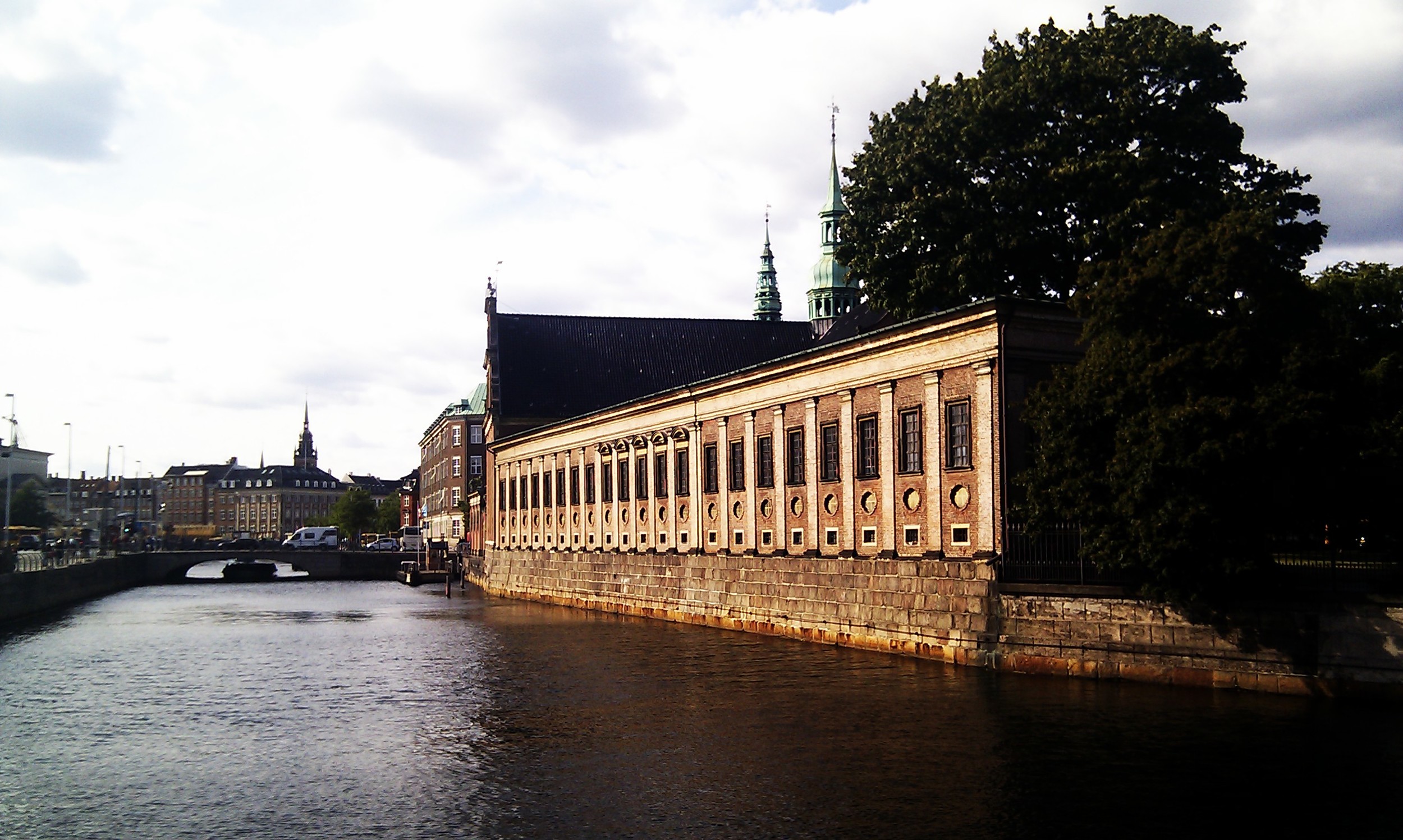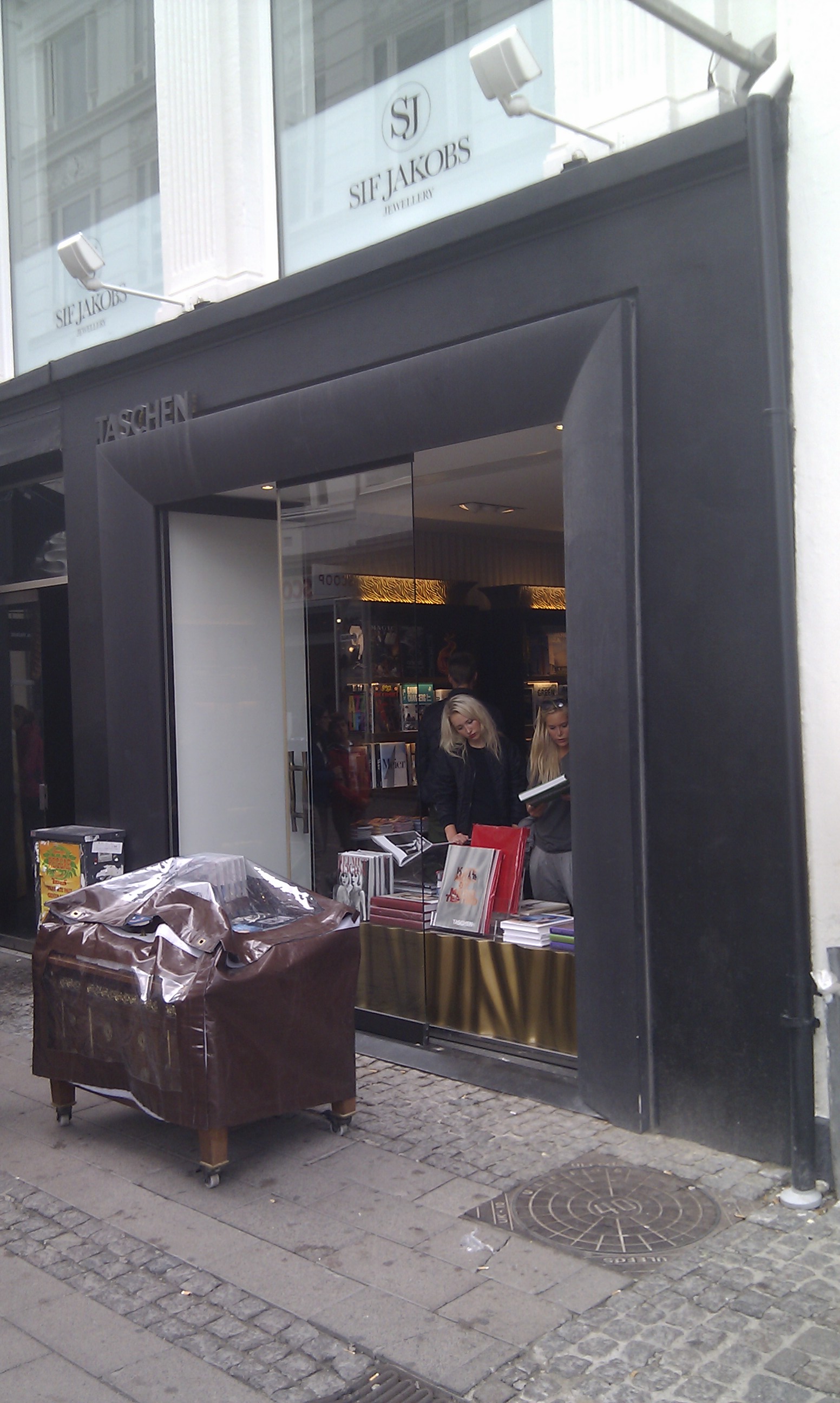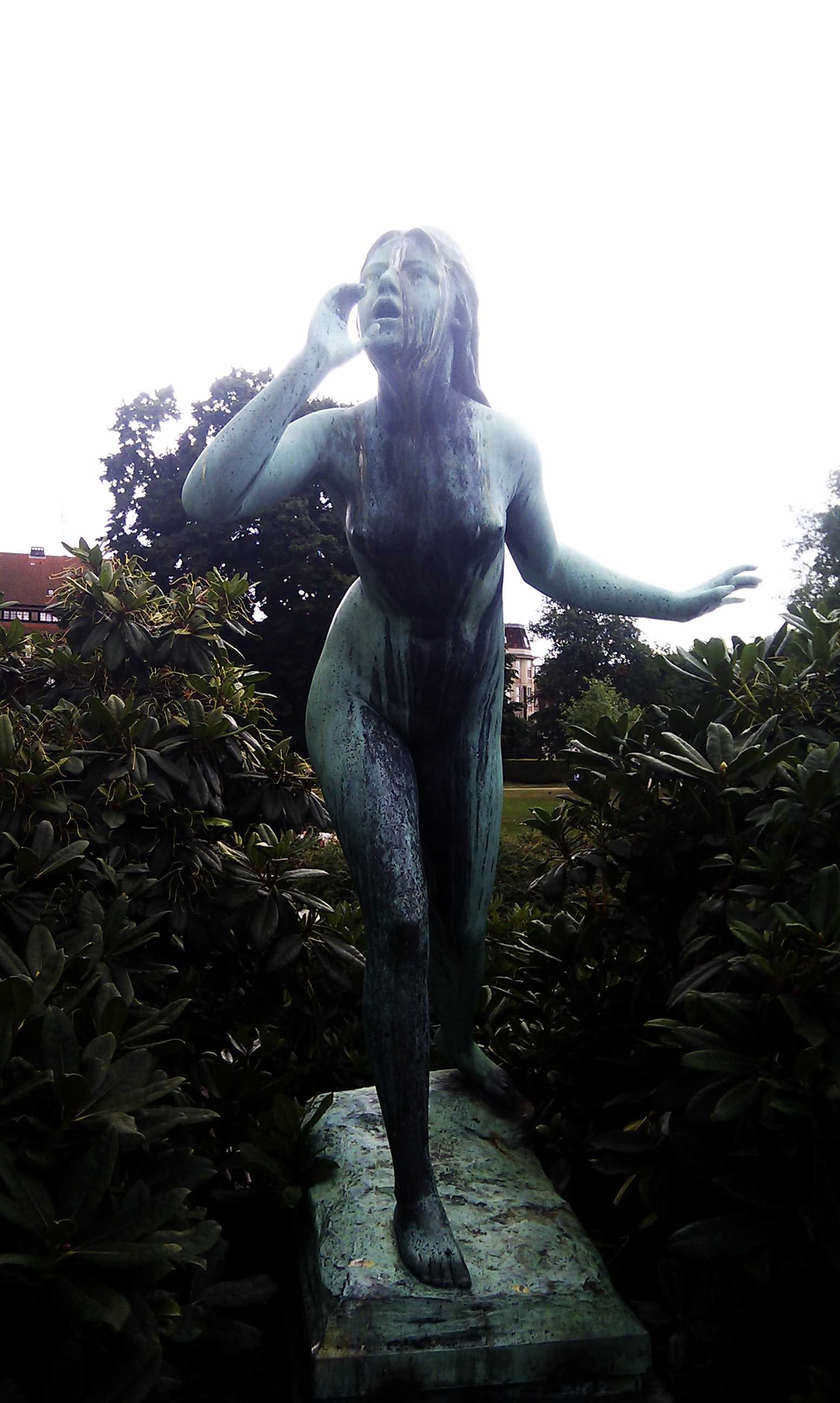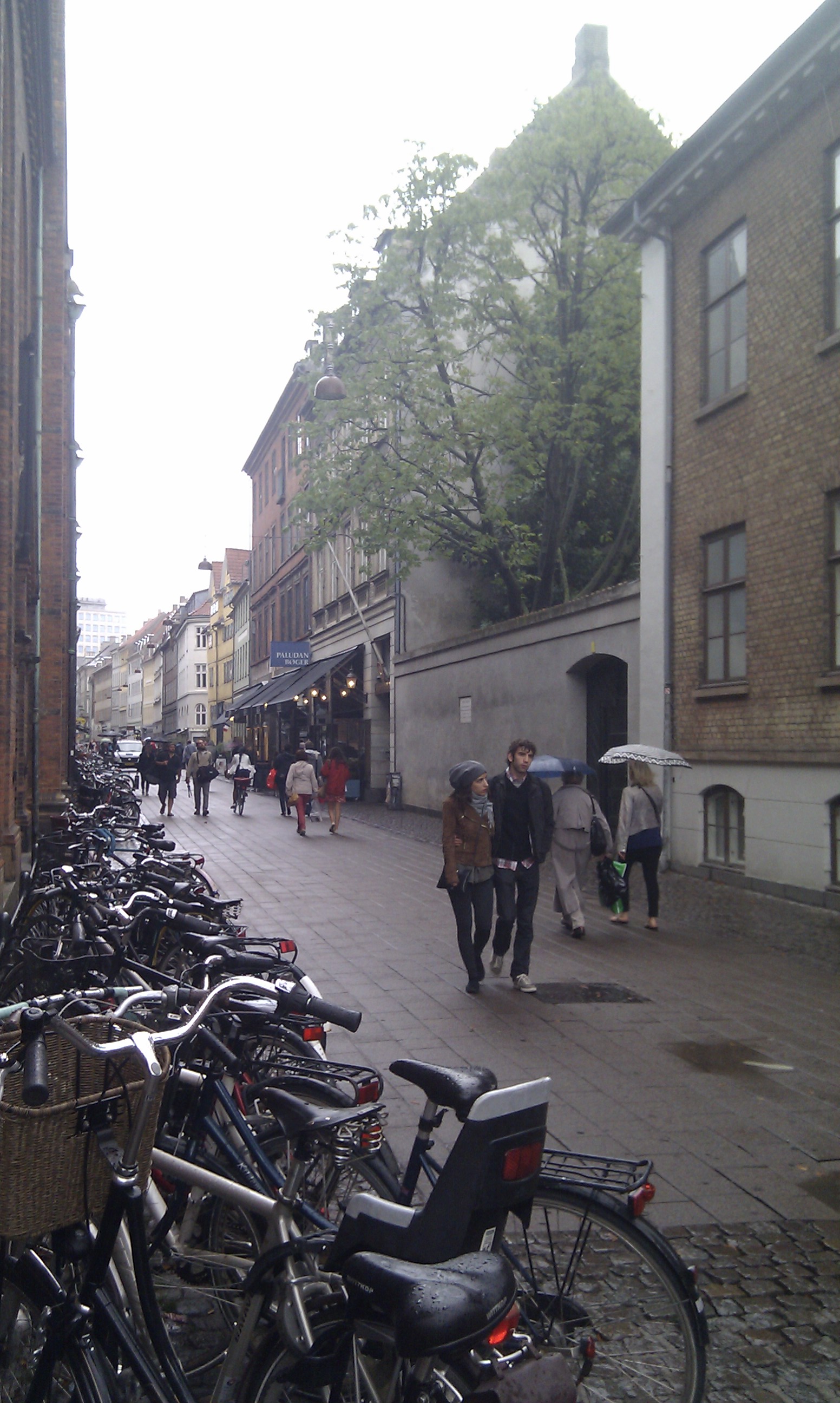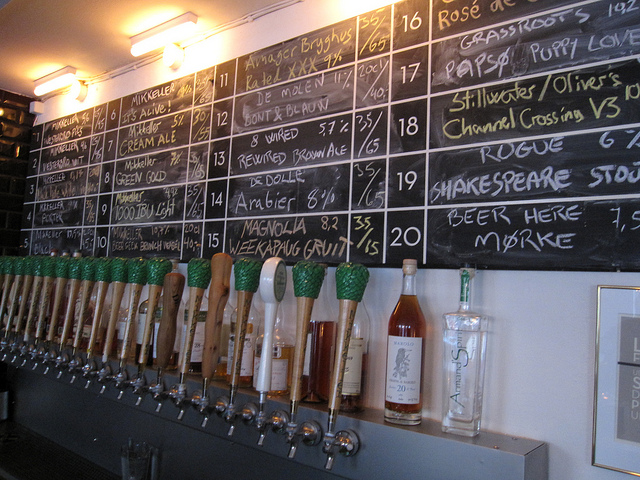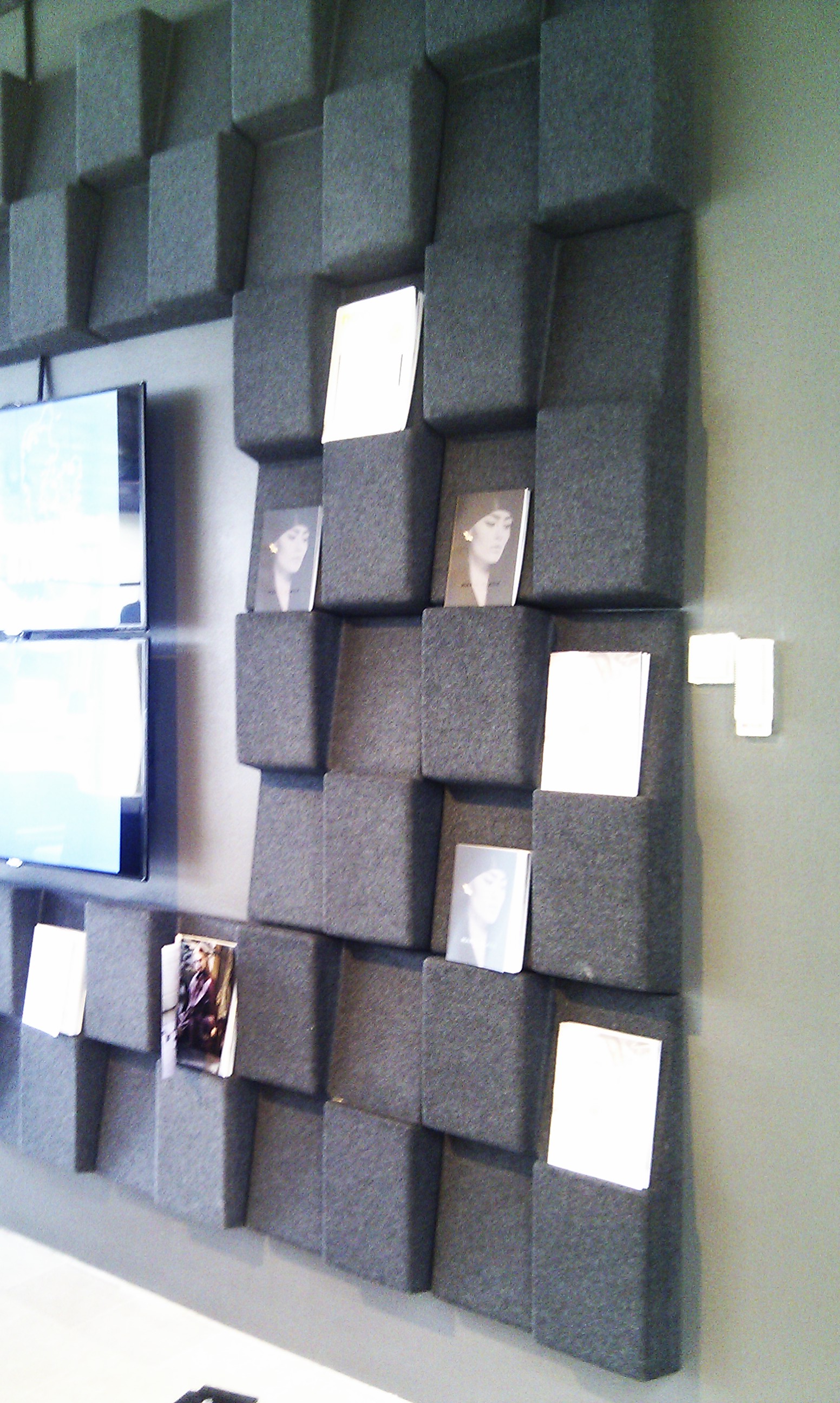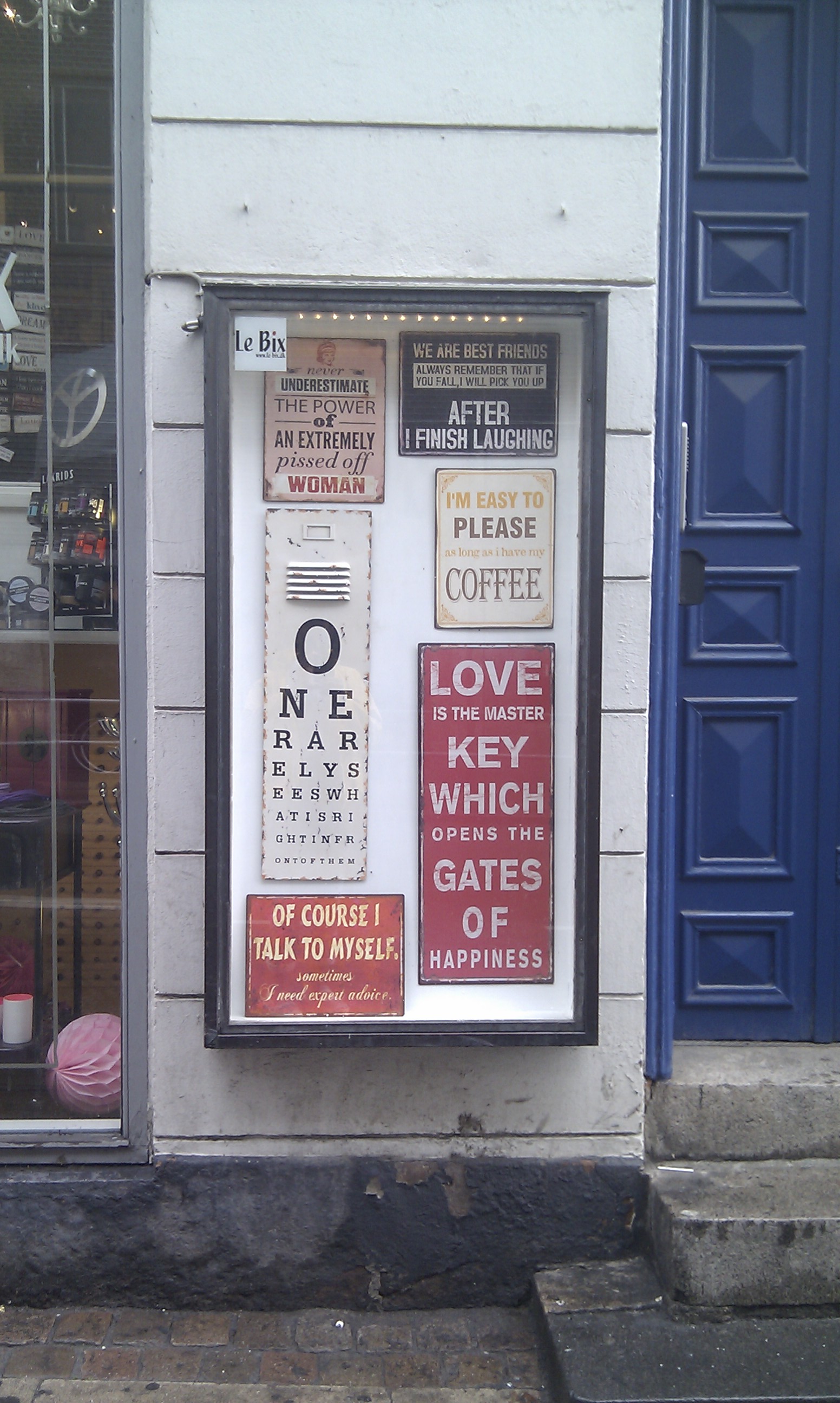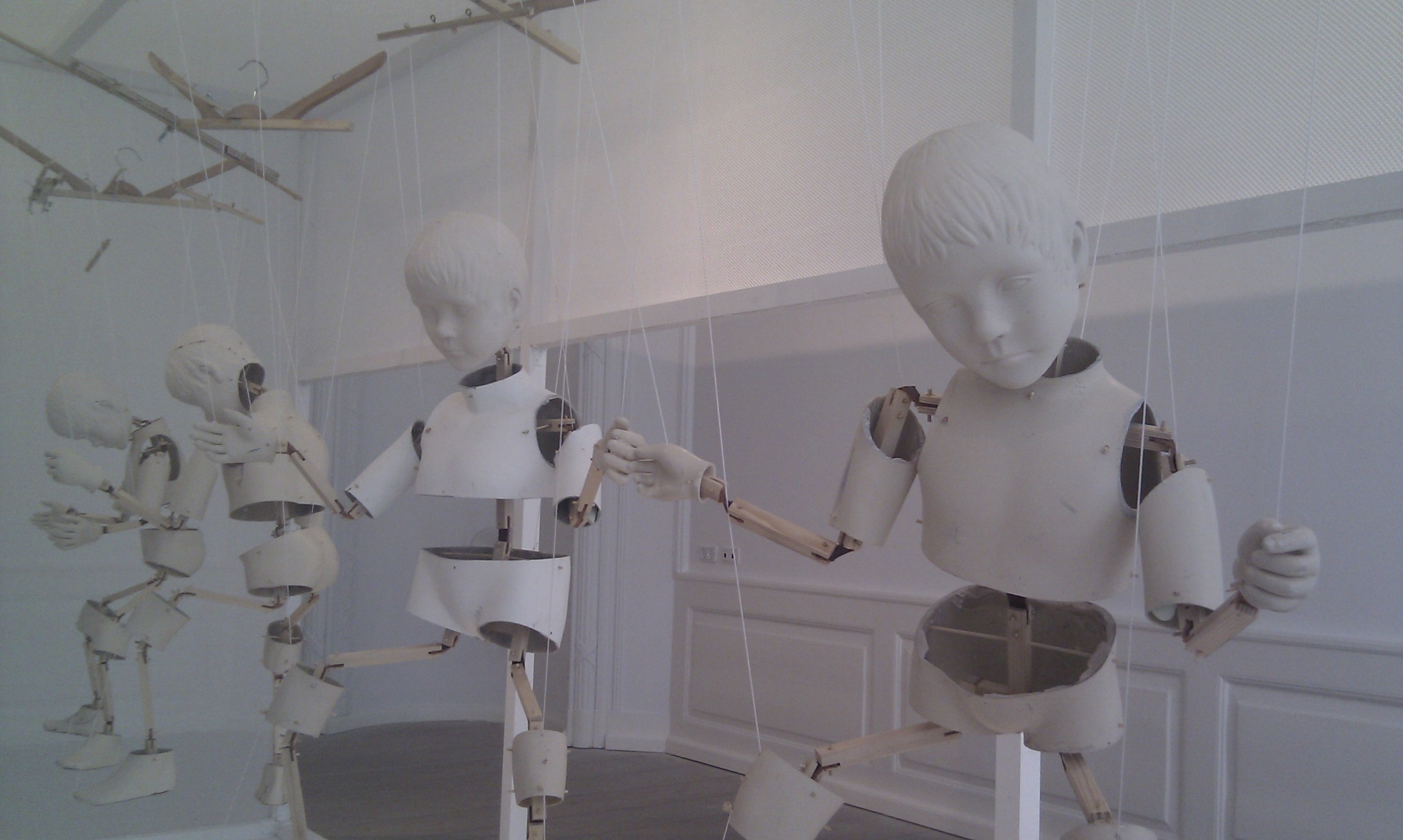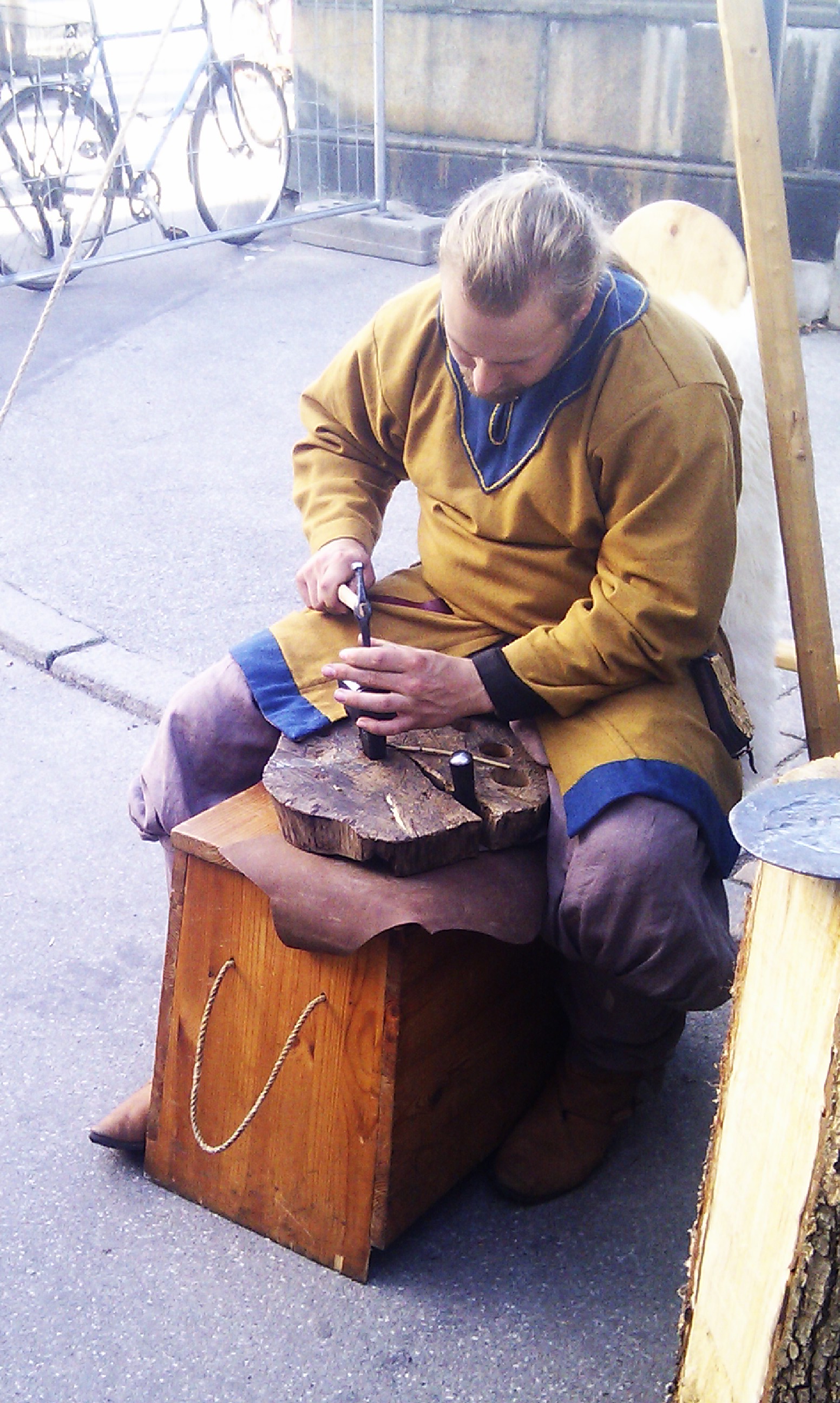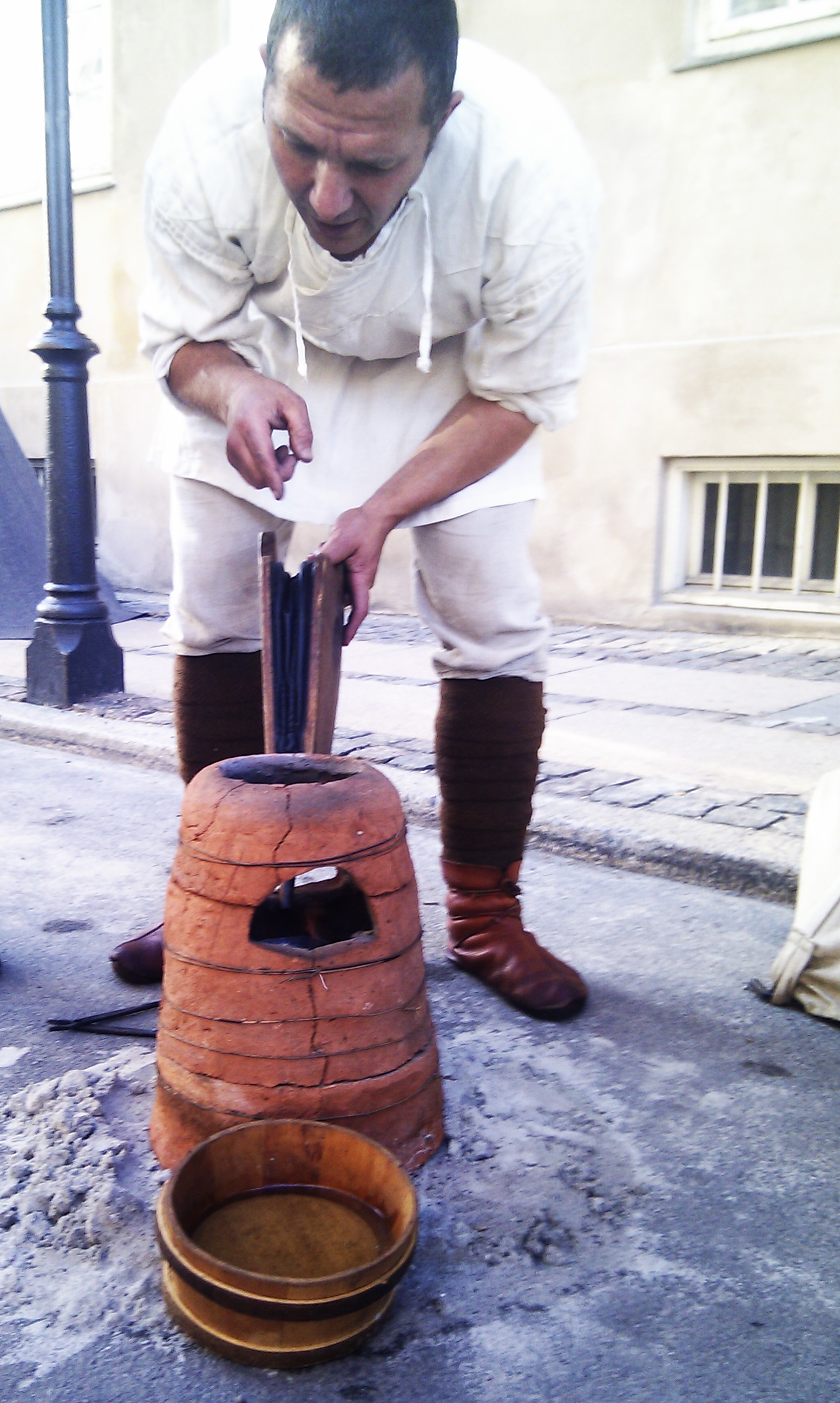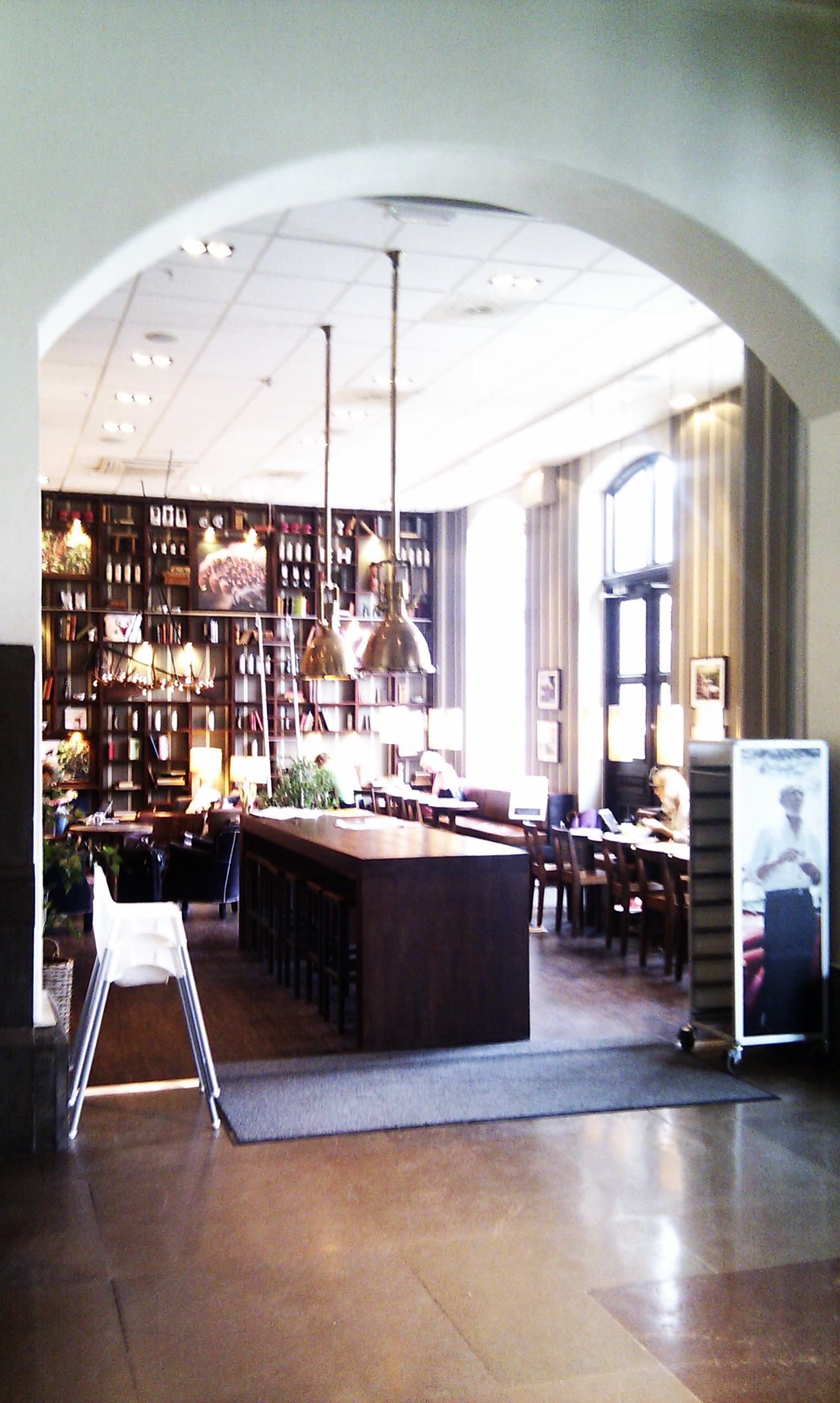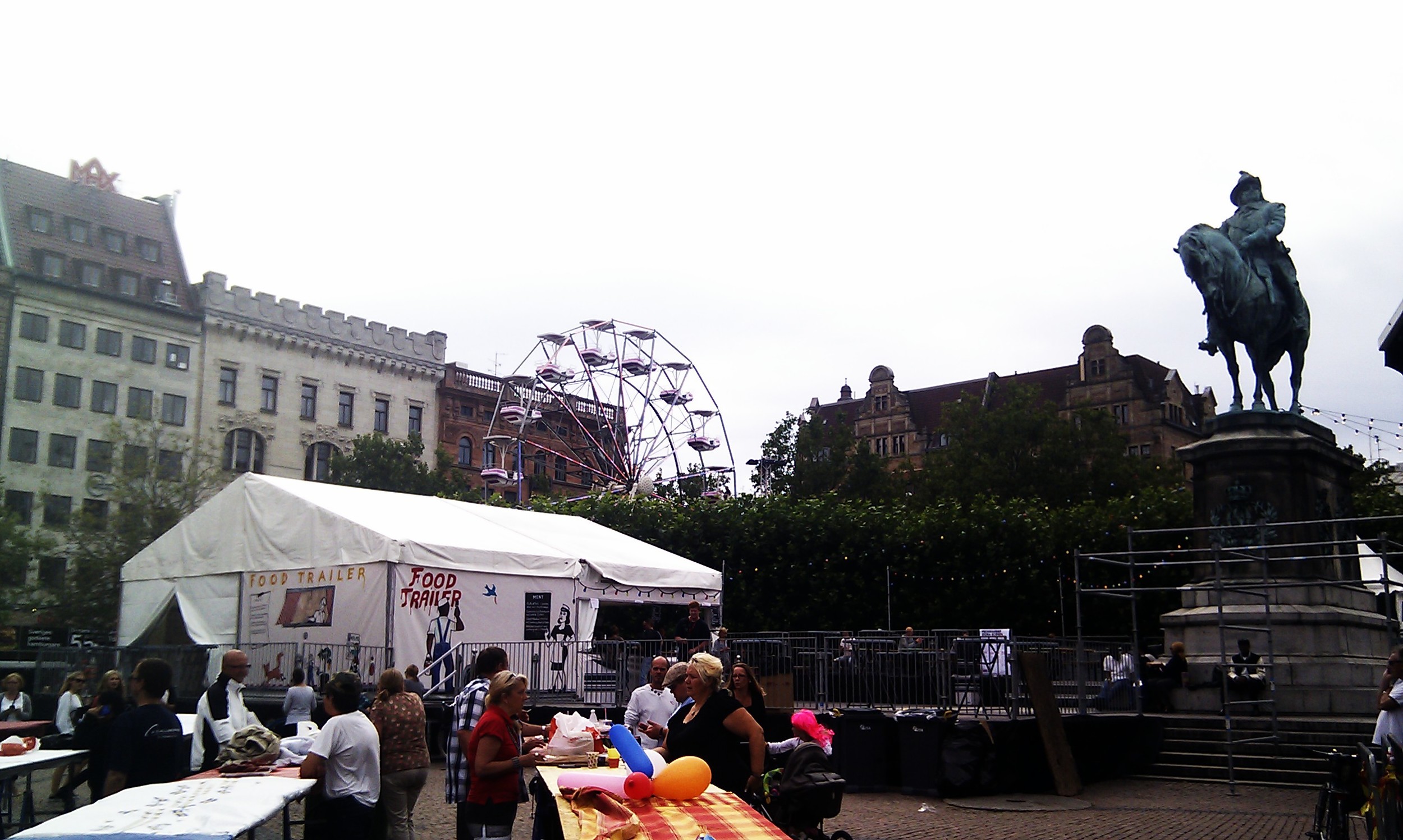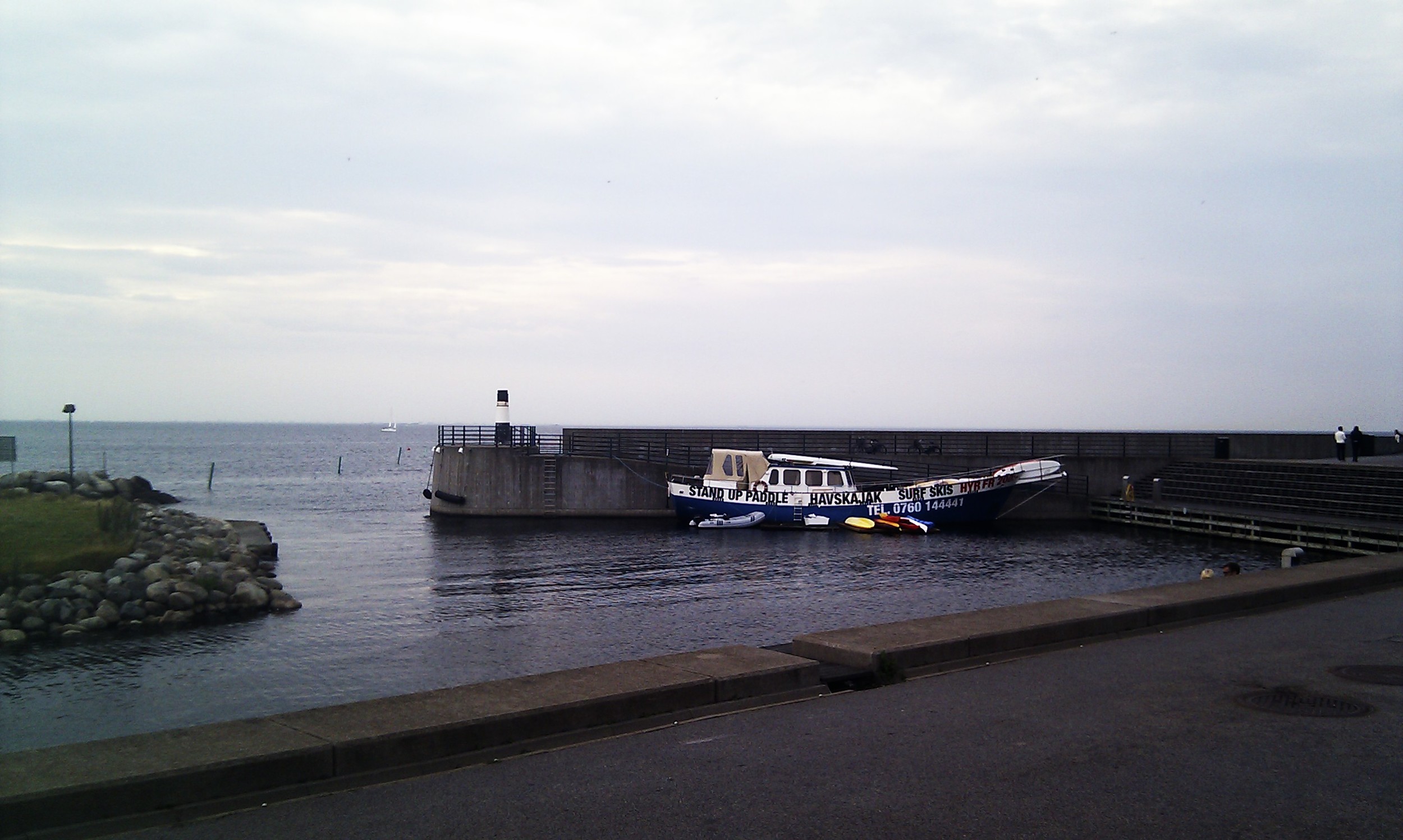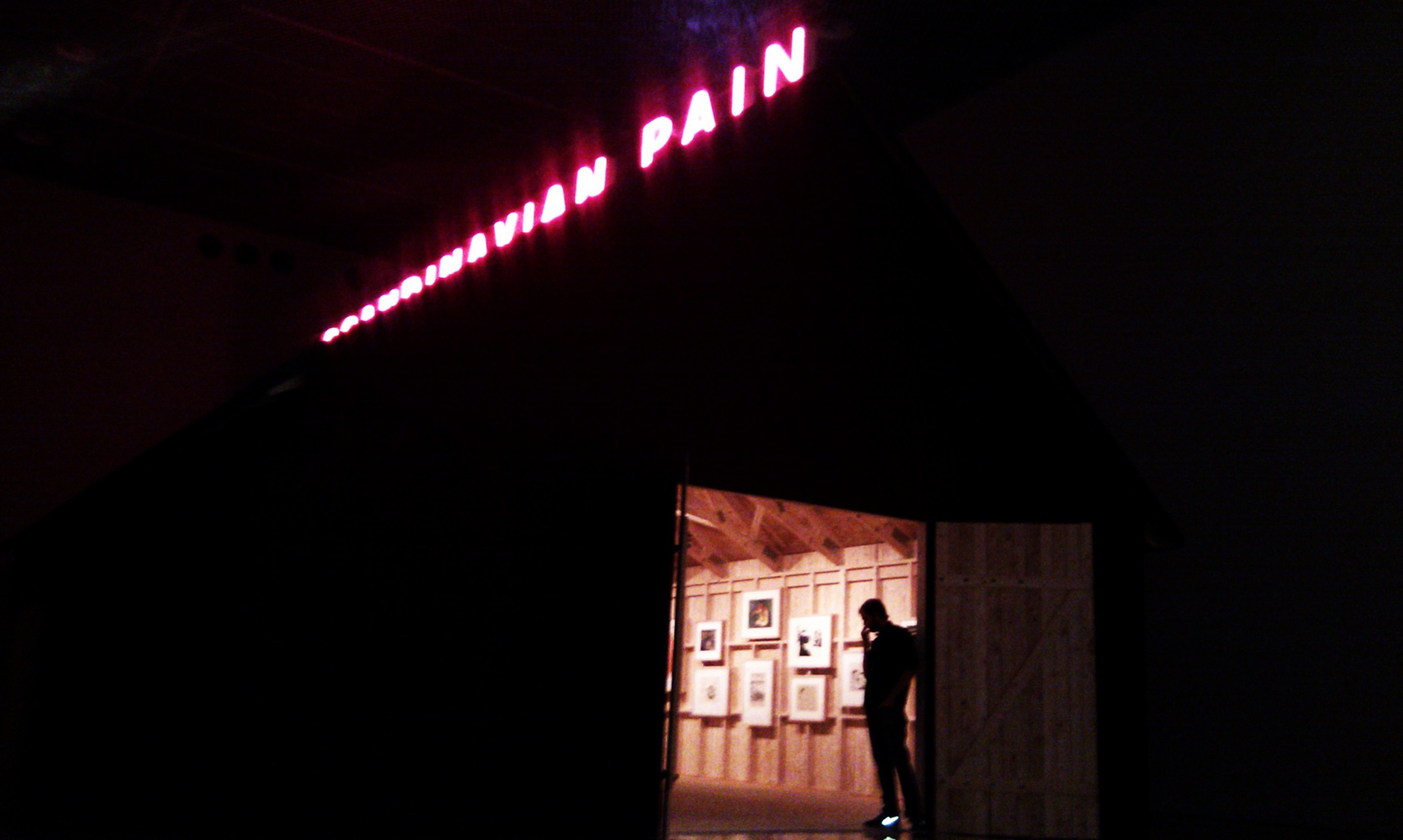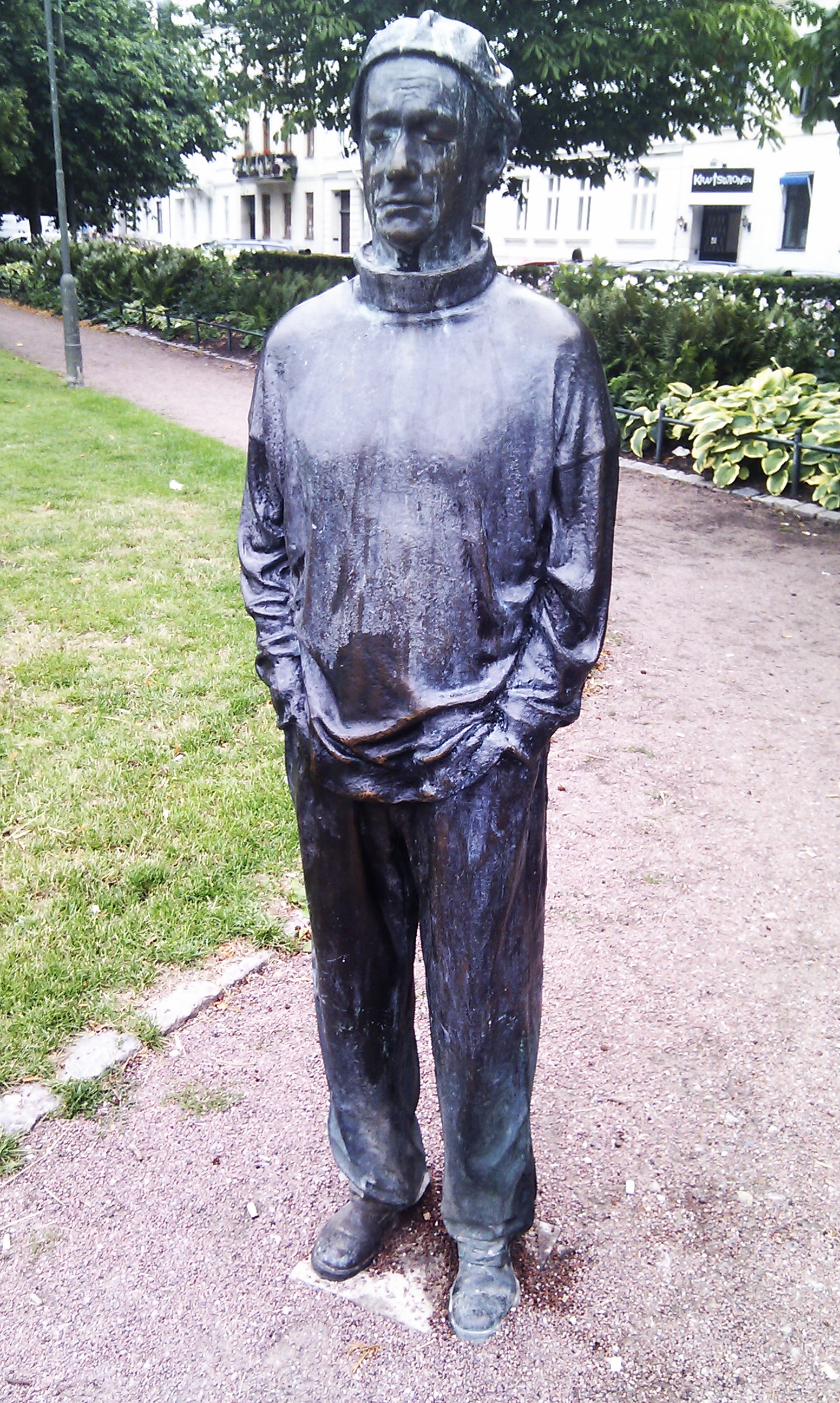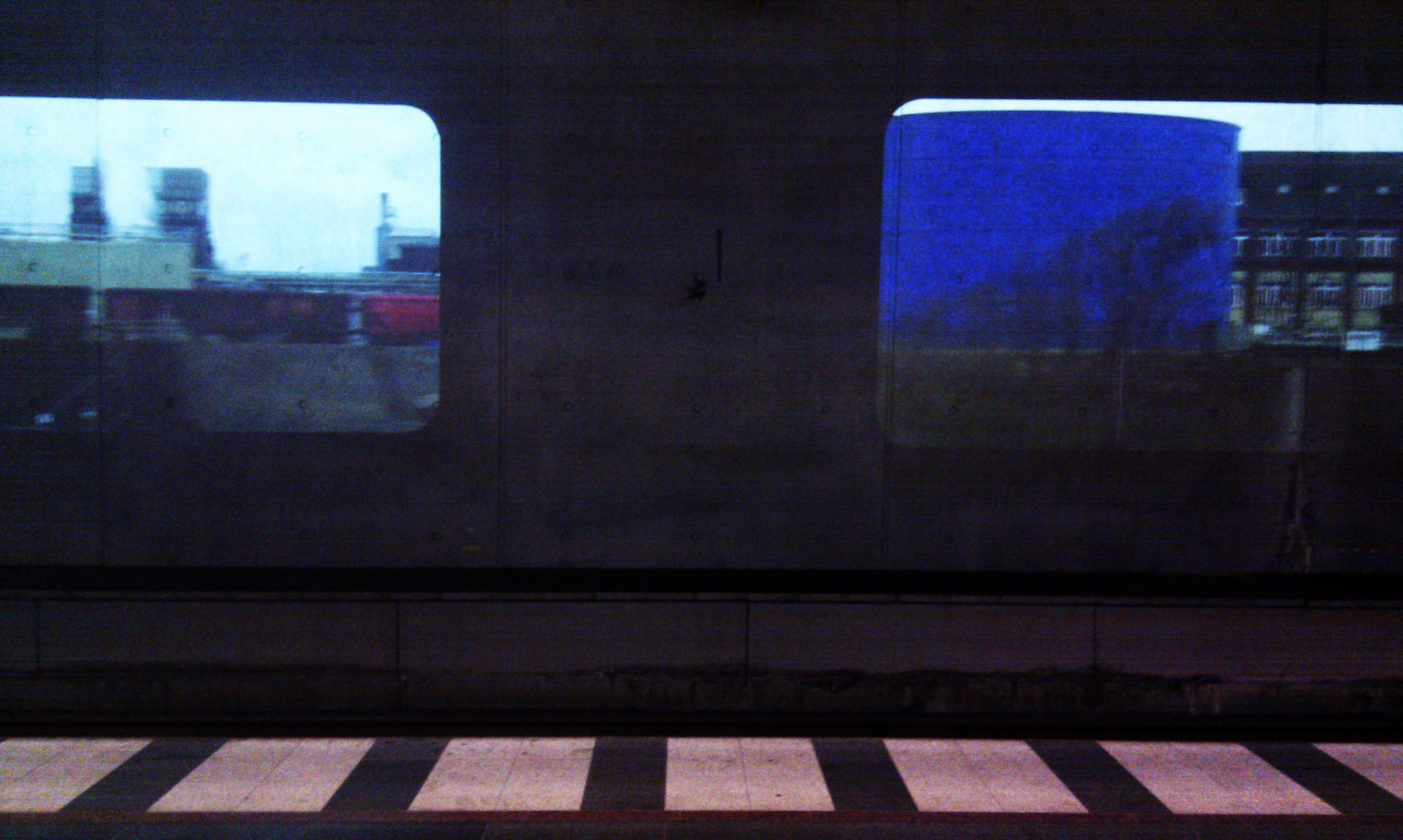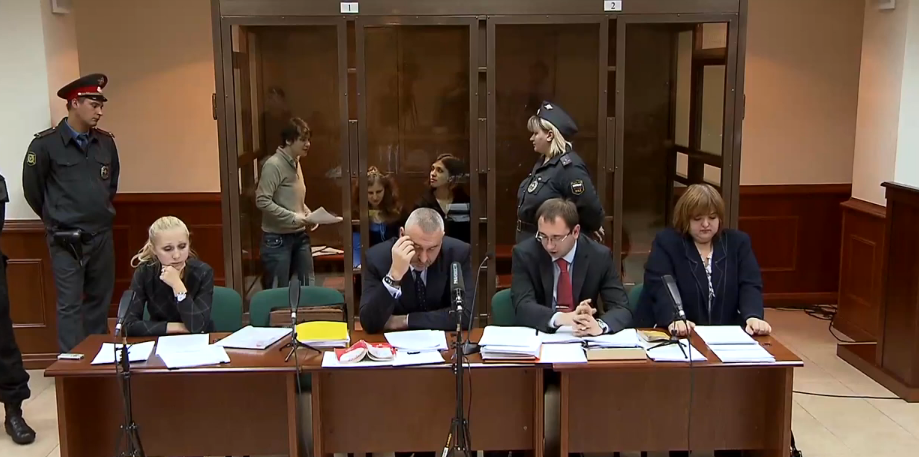Storytelling. The magic trick that became a marketing buzzword, quickly drained of its childlike innocence. All too often this rare skill has been reduced to a crude process where the exchange of experiences – pure, intimate, immersive, everlasting – plays second fiddle to the hollow humanising of a business or campaign. The sales. The promotion. The artifice.
Remember bedtime stories, Aesop's Fables, Arabian Nights, Shakespeare, Dickens, Roald Dahl, Tolkien, Star Wars? Has the word "story" lost meaning of late? Well if you had a chance to experience London Stories at Battersea Arts Centre over the past few weeks, the answer will be a resounding no.
The concept had me from the off. Guests are each paired with a stranger as they move from candle-lit rafters to chamber in the 120-year-old building, listening to a highly personal and often emotionally charged tale from six different Londoners. Each was delivered in its own way, some more theatrical than others but never once did you feel as though you were witnessing a performance.
Each pair's path through the centre is unique – mine was the "yellow journey" – and occasionally you are left on your own to hear a story, one on one. Fragments of other people's memories stay with you long after the event, as if they have become yours. There's the father whose trip to Waterlow Park with the kids resulted in a freak accident involving his son, a miracle rescue involving a fan with a dog and an enduring sense of worthlessness. Elsewhere, a highly animated Millwall fan sits in the shadows as he recounts the day his team triumphed over Man City at home, a great day in his life, yet one that others would rather remember for the petty squabbles between rival "firms". Or how about the down-on-her-luck lady – recently robbed and separated from her boyfriend – who talks a young boy out of plunging into the Thames…
Perhaps the most moving, however, was that of the 22-year-old girl, a British Muslim, who married a British Asian, against the wishes of her parents, shortly after her mother passed away. They live a secret life, adrift from the strictures of religion. Two motherless children that found each other just in time and who feel happiness, if only for one day each month. Visibly shaken, I couldn't help but admire her bravery in sharing this a dozen times, no matter how many tears were drawn.
Afterwards, there was time for tea and reflection in a separate hall where many visitors had written personal thank you notes, each of which were carefully placed around monuments made by the storytellers. It was nice to give back in some way. I really wanted to talk about each story with its "owner" but unfortunately the event required a quick turnaround. A gauntlet of emotions. Factor in the raw and chatter-free delivery of each person – as if events were unfolding before your eyes – and the resulting effect was akin to a bungee jump: being dropped into a certain place and time, and then pulled up in a whirl of disorientation and dislocation. Often I would leave a room asking myself, "What do I do with that?"
Many of us go to the cinema and theatre to escape for a few hours – surrounded by strangers – or potter around museums with nothing more than brush of shoulders to pass for interaction. London Stories teased and heightened the senses in a completely different way. You are part of an audience (of one or two) but you are truly present and instrumental to the night. You listen more closely. You feel more intensely. You are more engaged and committed than ever. You have to be.
London – where millions of lives are lived and a handful of experiences are shared. I'm looking forward to taking part in similar 1-ON-1-ON-1 festival events in the future.


